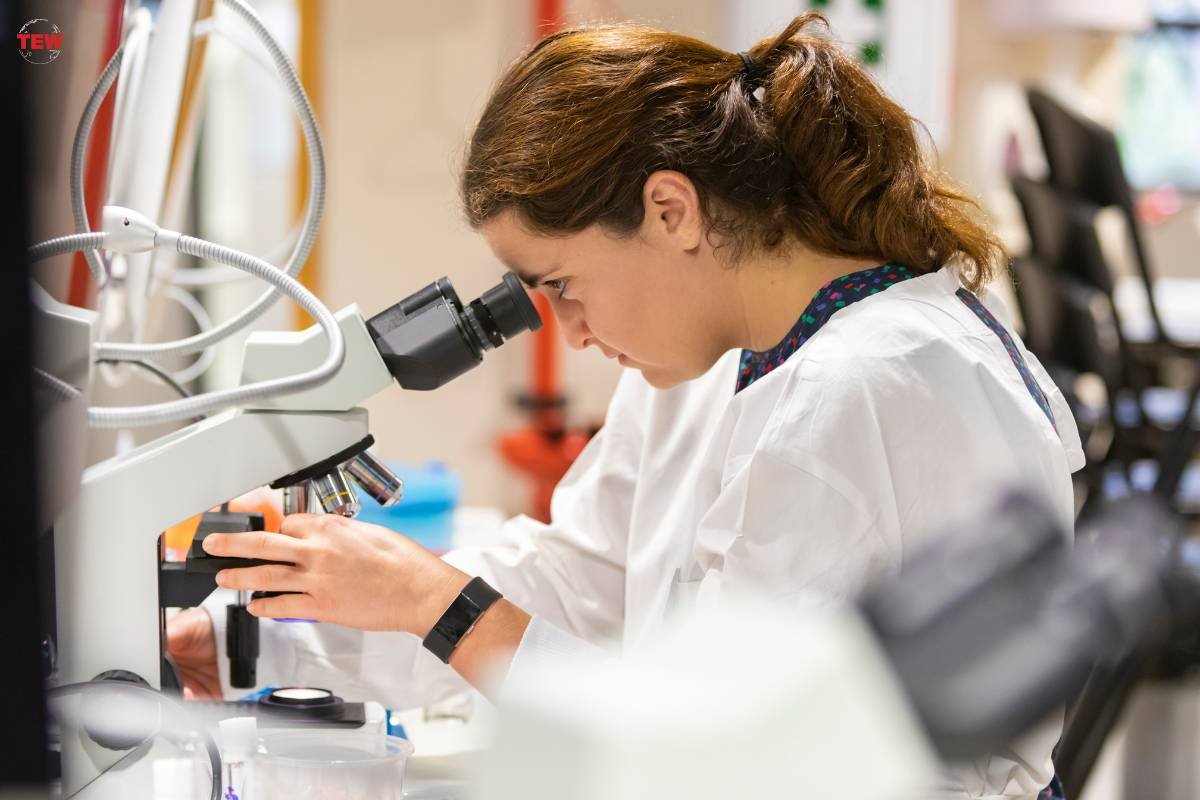Nanotechnology: Unveiling the Small Wonders that Shape Our Future

Nanotechnology, often referred to as the science of the small, has emerged as a groundbreaking field with the potential to revolutionize various industries. At the intersection of physics, chemistry, biology, and engineering, nanotechnology deals with materials and structures at the nanoscale, typically ranging from 1 to 100 nanometers. This minuscule scale allows scientists and engineers to manipulate matter at the atomic and molecular levels, opening up a realm of possibilities that were once thought to be the stuff of science fiction.
Applications:
Medicine: One of the most promising applications of nanotechnology lies in the field of medicine. Nanoparticles can be engineered to deliver drugs directly to target cells, increasing the precision of treatment and minimizing side effects. Additionally, nanoscale materials are being explored for imaging techniques, enabling early detection of diseases. The development of nanomedicine holds the potential to revolutionize diagnostics and treatment methodologies.
Electronics: In the realm of electronics, it has paved the way for smaller, faster, and more efficient devices. The semiconductor industry, for instance, utilizes nanoscale components to enhance the performance of transistors and memory devices. Quantum dots, nanoscale semiconductor particles, are being employed to produce brighter and more energy-efficient displays in electronic devices.
Energy: It is instrumental in the quest for sustainable and efficient energy solutions. Nanomaterials can be employed in solar cells to enhance light absorption and improve energy conversion rates. Additionally, the technology plays a crucial role in the development of advanced batteries and fuel cells, contributing to the storage and efficient utilization of energy.
Environmental Remediation: Nanoparticles are being used for environmental remediation, addressing issues such as water purification and air filtration. Nano-based materials can effectively capture and remove pollutants from water sources, making them a powerful tool in the fight against water contamination. Moreover, nanomaterials are explored for catalytic applications to mitigate air pollution.
Advantages:
Precision and Efficiency: At the nanoscale, materials exhibit unique properties, and manipulating them allows for unprecedented precision in various applications. This precision translates into enhanced efficiency, whether in drug delivery, electronics, or energy conversion.
Improved Medical Treatments: The application of nanotechnology in medicine offers personalized and targeted treatments. By delivering drugs directly to affected cells, nanomedicine minimizes damage to healthy tissues, reducing side effects and improving the overall efficacy of medical treatments.

Enhanced Materials Properties: Nanomaterials often display enhanced mechanical, electrical, and chemical properties compared to their bulk counterparts. This has implications for the development of stronger and lighter materials, improving the performance of various products, from construction materials to sporting equipment.
Innovative Electronics: The use of nanoscale components in electronics leads to smaller and more powerful devices. This results in more compact and portable gadgets and contributes to the development of advanced computing technologies with improved processing capabilities.
Environmental Sustainability: Nanotechnology plays a pivotal role in addressing environmental challenges. From water purification to air filtration, nanomaterials offer innovative solutions for sustainable and eco-friendly practices.
Challenges and Concerns:
While nanotechnology holds immense promise, it is not without challenges and concerns. The potential toxicity of certain nanomaterials raises questions about their long-term impact on human health and the environment. Ethical considerations surrounding its use in fields such as medicine also warrant careful examination to ensure responsible and safe applications.
Emerging Trends and Future Prospects:
Nanoelectronics and Quantum Computing: As traditional semiconductor technologies approach their physical limits, it opens new avenues in the realm of nanoelectronics and quantum computing. Quantum dots and nanowires are being explored for the development of quantum computers, which have the potential to outperform classical computers in solving complex problems, such as optimization and cryptography.
Smart Fabrics and Wearable Technology: Nanotechnology is making a significant impact on the fashion and textile industry through the development of smart fabrics. Nanomaterials, when integrated into textiles, can provide functionalities such as stain resistance, moisture-wicking, and even electronic components for wearable technology. This not only enhances the performance of clothing but also opens up new possibilities for health monitoring and communication devices embedded in our attire.
Food and Agriculture: It is increasingly finding applications in the food and agriculture sectors. Nanoscale delivery systems can enhance the efficiency of nutrient delivery to plants, leading to improved crop yields. Additionally, nanosensors are being developed to detect pathogens in food, ensuring food safety and quality. The potential use of nanomaterials in food packaging to extend shelf life and reduce waste is also an active research area.

Water Desalination: With freshwater scarcity becoming a global concern, nanotechnology offers innovative solutions for water desalination. Nanomaterials, such as graphene-based membranes, exhibit superior filtration properties, enabling the production of clean drinking water from seawater. This application holds tremendous promise for regions facing water shortages.
Space Exploration: It is contributing to advancements in space exploration. Nanosatellites, also known as CubeSats, leverage nanoscale components to achieve compact and cost-effective space missions. Additionally, the development of nanomaterials with unique properties is crucial for building lightweight and durable spacecraft components, enhancing efficiency and reducing the cost of space exploration endeavors.
International Collaboration and Regulatory Framework:
As every technology continues to evolve, international collaboration becomes essential for sharing knowledge, addressing challenges, and establishing common standards. The development of a robust regulatory framework is crucial to ensure safe and responsible applications. Governments, researchers, and industries must work together to establish guidelines that address ethical concerns, environmental impact, and potential health risks associated with nanomaterials.
Ethical Considerations and Societal Impacts:
The ethical implications of nanotechnology span a range of areas, including privacy concerns related to nanoscale surveillance technologies, equitable access to nanomedical treatments, and potential job displacement due to increased automation and efficiency in various industries. It is imperative for society to engage in informed discussions and ethical deliberations to navigate these challenges and ensure that its benefits are accessible to all.
Conclusion:
Nanotechnology stands at the forefront of scientific and technological innovation, offering solutions to some of the most pressing challenges facing humanity. Its applications in medicine, electronics, energy, and environmental remediation showcase the breadth of its potential impact. As researchers continue to unravel the mysteries of the nanoscale world, society must balance the excitement of technological progress with ethical considerations and a commitment to ensuring responsible development and applications. In doing so, we can harness the small wonders of nanotechnology to shape a more sustainable and technologically advanced future.



